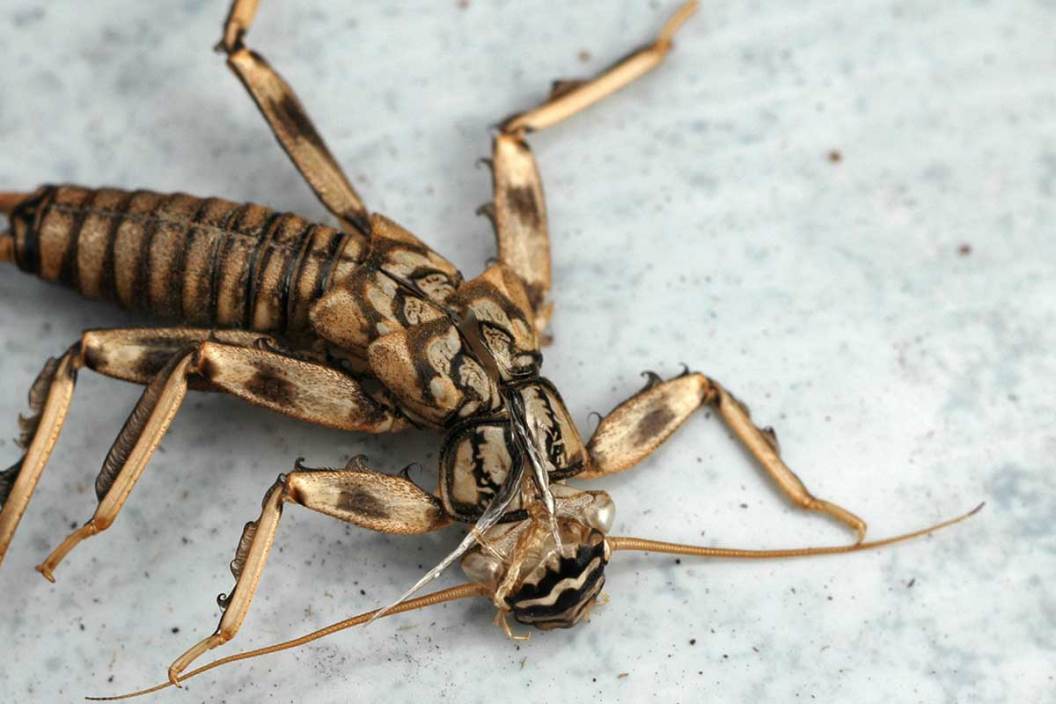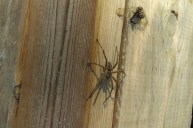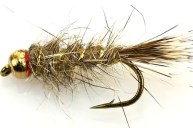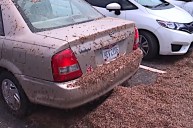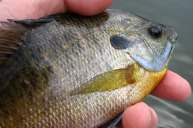Understanding these five entomology facts is the beginning of knowledge towards fly fishing success.
The esteemed University of Nebraska Lincoln lists no less than 14 possible career positions related to a degree in entomology, but not one has to do with fly fishing. The study of insect life has a multitude of fascinating lessons to teach.
This is especially true for aquatic biologists, the aquaculture community, and pretty much every farmer out there. But it also matters a great deal to fisheries management, and yes, the entire angling community.
The study of entomology is an extremely important field. We'll examine what it means to anglers fishing for trout and salmon, but also bass, pike, and even muskellunge to try and unravel some complex matters. Then we'll look to translate that to fly patterns like a streamer or a dry fly.
What is Entomology?
Entomology is the branch of zoology dealing with the specific scientific study of insects. As the Encyclopedia Britannica tells us, "The zoological categories of genetics, taxonomy, morphology, physiology, behavior, and ecology are included in this field of study."
For fishermen the world over, the two of these categories listed that are the most important are behavior and ecology.
Agriculturally speaking, insects are an extremely important part of the land. They can tell us what the health of the soil is, and what to do about it based on our knowledge of insect life.
Most importantly, "The body of knowledge gleaned from the study of insects has enabled modern economic entomologists to develop a wide range of methods for controlling insect pests," and for our purposes, "Insects that inhabit streams and other freshwater habitats such as mayflies, caddisflies, and stoneflies are used as biotic indicators of water quality."
Species of Insects Can Really Matter to Fly Fishermen
Fly fishermen have been creating fly patterns based on their observation of insects since the first time that a human being watched a trout rise to eat one. Certainly, it went well beyond the knowledge that a fish will eat a bug, all the way to the point of identifying which ones they like the most.
After that, it became our life's mission to duplicate these bugs in the effort to create a lifelike replica of what they were eating at the time.
All of these flies start their lives in the water and emerge at different times of the year, though not so far apart that they are all that different.
Pay Attention to Nymphs, Larvae, and Duns
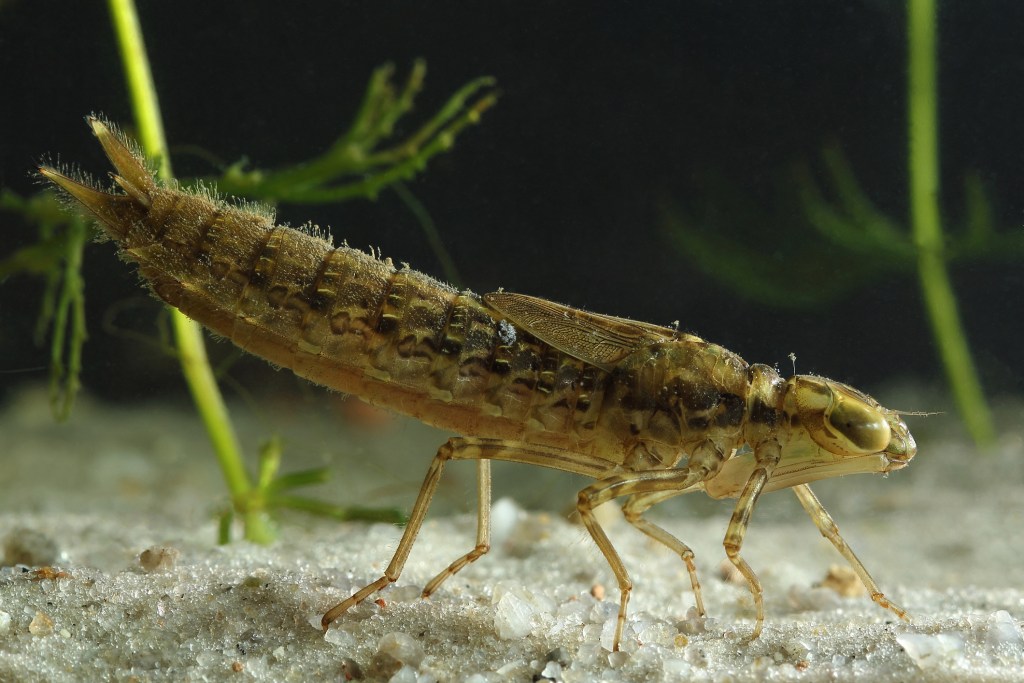
VitalisG/Getty
Nymphs and larvae are both immature insects with the difference being in their life cycles. According to Driftless Prairies, "A nymph is the immature stage of insects that mature via a process call hemimetabolous metamorphosis or incomplete metamorphosis," and "A larva is the immature stage of insects that mature via holometablous metamorphosis or complete metamorphosis. Larva are usually wormlike in appearance and have no resemblance to the adult they will become."
Duns simply refers to the fact that mayflies have two adult stages. They first emerge from the water as duns (subimago stage), then they then molt into the spinner stage, in which they mate and die soon after.
There Are Always Other Insects to Learn About
As a primary food source for trout, bass, and other freshwater fish, the list of insects (in all stages) that can catch a fish is seemingly endless. If you travel to fish, the same insects that hatch and develop in your home streams won't always be present in other areas.
It pays to stop by the local fly shop, or at the very least read up online about the insect community in the spots you'll be headed to help make the right choices when determining which fly to use.
Terrestrials Matter, Too
These include ants, beetles, spiders, grasshoppers, worms, non-aquatic flies, and anything else that crawls and could fall into the water.
In addition, rodents (like mice), amphibians (frogs and salamanders), and even leaches all have a place in a trout's mouth.
Critters like these, though not entirely covered by the science of entomology, still play an important role in the fly box of an angler. Use them in conjunction with your aquatic insect arsenal and you'll be in good shape.
Insects and the Aquatic Ecosystem
Unfortunately, with the presence of bugs often comes pest control measures, and specifically pesticides. These can have a terrible effect on certain species, especially trout, when they make their way up the food chain.
Biological control, or the control of certain pests by the introduction of a natural enemy or predator, is always the preferred way to reduce destructive insect populations.
The natural history of pest management is a part of the Entomological Society's overall plan to reduce the ability of certain species of insects capability to harm the environment in which they are trying to live.
Arthropods (such as insects and crustaceans) that live and thrive in the water are a sort of "canary in a coal mine" for the delicate ecosystems in our revered waterways.
Watching over these waters, and ensuring the well-being of the insects, is paramount to having our pure, fish-filled waters stay that way for future generations of fly anglers everywhere.
Looking for a new way to display those antler sheds? Go to Rack Hub and use the coupon code Craiger. Be sure to follow my webpage, or on Facebook and YouTube.
Products featured on Wide Open Spaces are independently selected by our writers and editors. However, when you buy something through our links, we may earn a commission.
NEXT: FLY FISHING FOR BASS: HOW TO IMPROVE YOUR KNOWLEDGE
